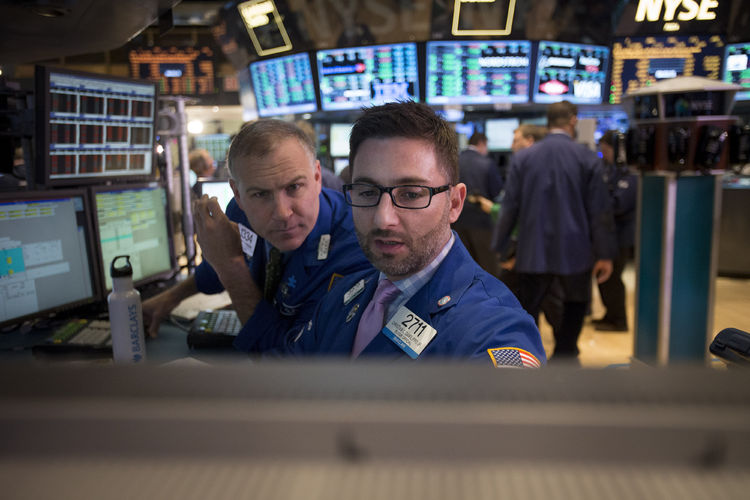Equity markets are marginally lower after strong sessions on Monday and Tuesday, a sign that investors are remaining cautious despite encouraging data on the new variant.
Volatility is going nowhere over the coming weeks but investors are clearly enthused by what the early data is telling us. That said, with the UK considering “plan B” restrictions, it would appear leaders are not as enthused by what they’re seeing, which frankly makes me wonder whether markets are getting ahead of themselves.
The knee-jerk reaction to the new variant was obviously overdone based on the information we now have but where the markets will end up is anyone’s guess. There’s still plenty more to learn. Of course, investors love to buy those dips so no one would be surprised if we were in the early stages of this year’s Santa rally.
There are so many different risk factors to contend with right now. Just as Covid appeared to take a back seat for much of the last few months, there’s now far less talk of inflation risks and interest rates. Markets are now pricing in little chance of a rate hike next week from the BoE and a faster taper from the Fed also looks less certain.
Is the market going to reward such caution from the central banks or will inflation fears take over again and push real yields lower. That would certainly be great for gold prices in the near term but could make for some nervous times next year. As has been said so often recently, central banks are stuck between a rock and a hard place and life isn’t getting any easier for them.
Oil recovers well but faces major resistance
Oil prices are easing slightly today after an impressive rally since the OPEC+ meeting last week. Brent appears to have run into some resistance around the lower end of $76.50-77.50 which could be a big obstacle to the upside. This was a big area of support in late September and again in late November and a move back above here could set the stage for a push back above $80.
That may be tough in the near term with so much still unknown about the Omicron variant and governments in discussions about appropriate restrictions to slow the rapid spread. But clearly, OPEC+ warnings have not fallen on deaf ears and should the variant not prove too bad, crude prices could remain well supported.
Gold edges off lows but remains vulnerable
Gold is slightly lower on the day as it continues to struggle to generate any upside momentum whatsoever. It recently held onto the mid-October and November lows but continues to face significant resistance to the upside. Omicron uncertainty didn’t help the yellow metal despite its safe-haven reputation, which begs the question, what will drag it higher?
Central banks are unlikely to flood the market with liquidity again if we see severe restrictions or lockdowns as it battles uncomfortably high and widespread inflation. But they may take a more patient approach in order to remain as accommodative as possible, which could still be viewed as an inflation risk and drive more hedge flows in the coming weeks. If not, we could see the ground below become very shaky.
Can bitcoin cling on
Bitcoin has clawed its way back above $50,000 and appeared to be clinging on after sinking back below earlier in the day. The risk rebound we’ve seen in the markets has aided the recovery but it still looks vulnerable after the weekend plunge and any sudden shift in risk appetite could trigger another dip. Should it hold above $50,000 then the next test remains around $53,500, with a move above leaving it on a much stronger footing and perhaps signaling the end of the correction.


































